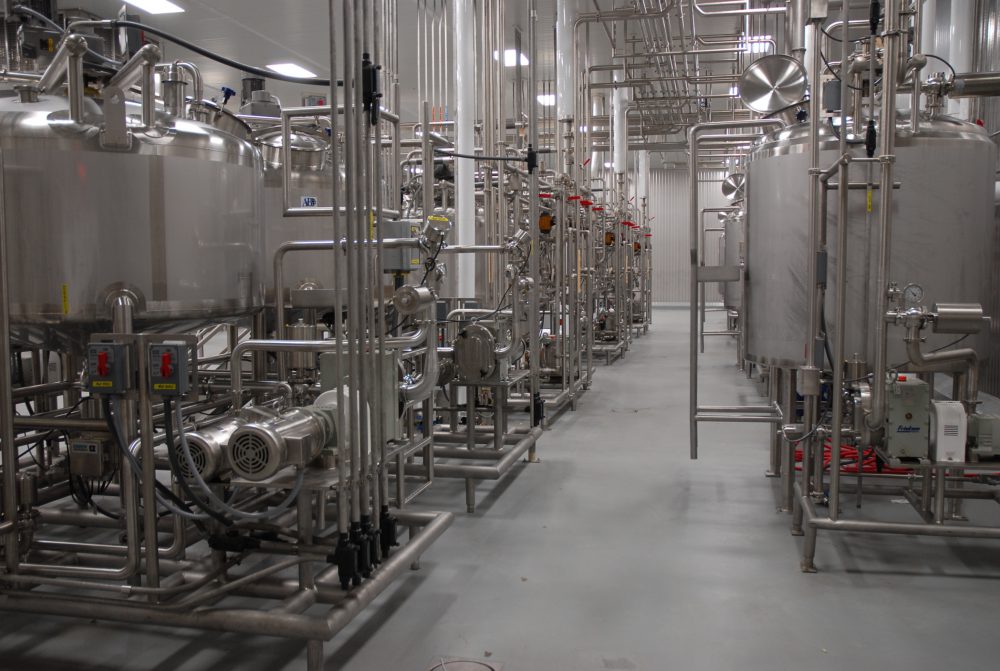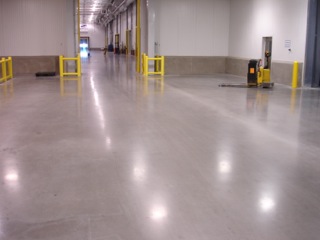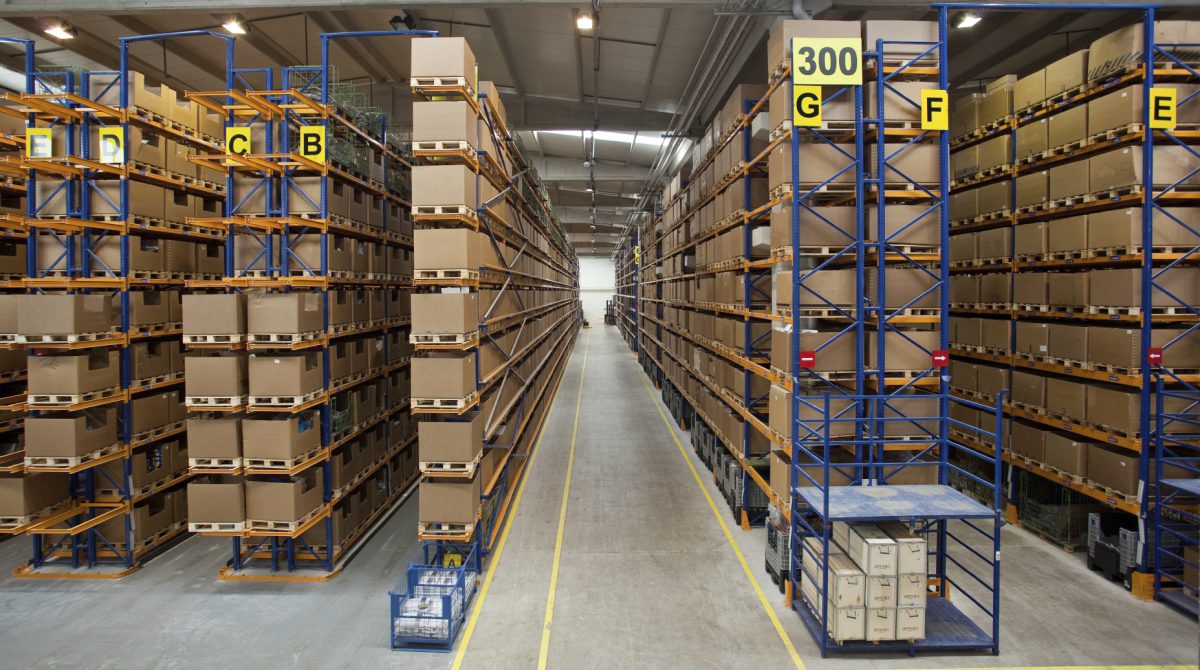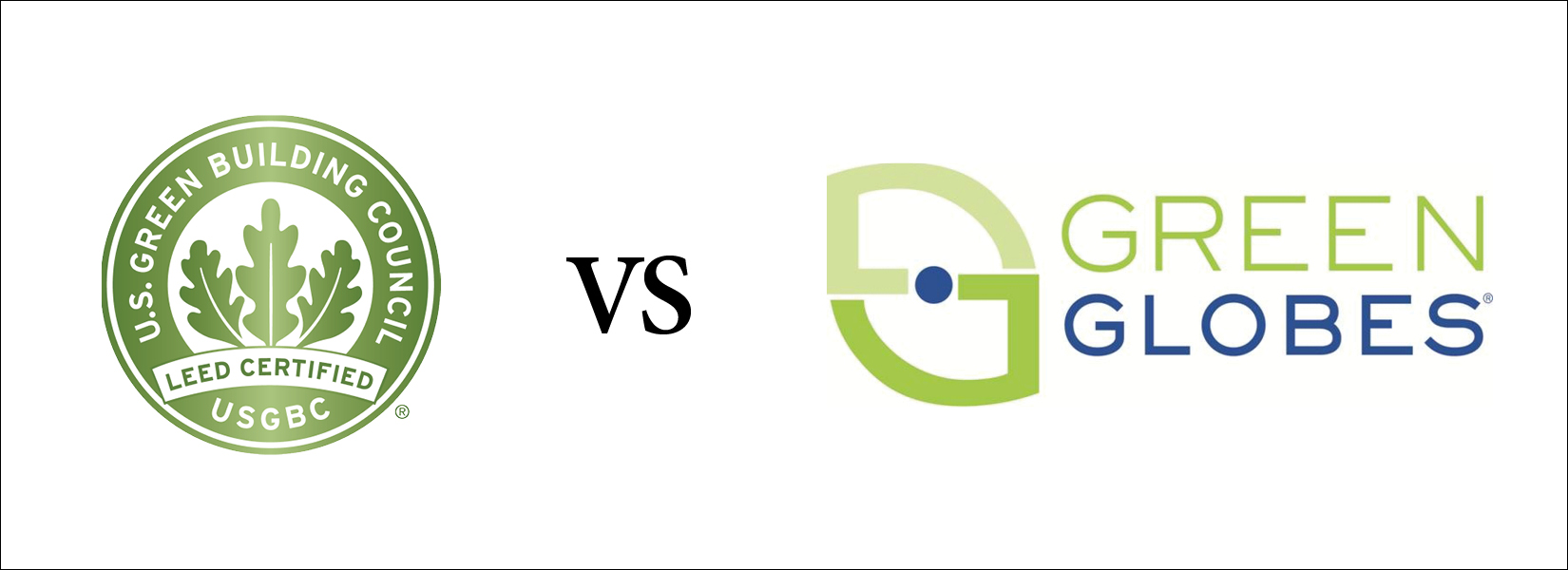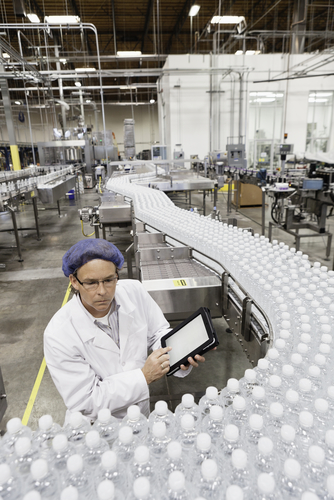Top Five Implications of California’s New Energy Standards
Energy consumption is a global issue and California is leading the charge in enacting legislation to reduce our carbon footprint. The state recently revised the energy standards known as Title 24, part 6 of the California Code of Regulations, which will more than likely affect other states in the future. The goal of Title 24 is to reduce energy use and make commercial and industrial buildings more efficient than required by the 2010 Title 24 standards.
Continue Reading “Top Five Implications of California’s New Energy Standards”



